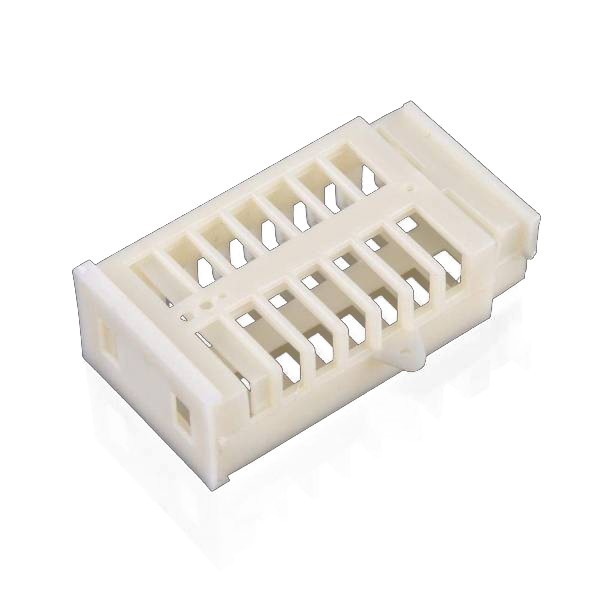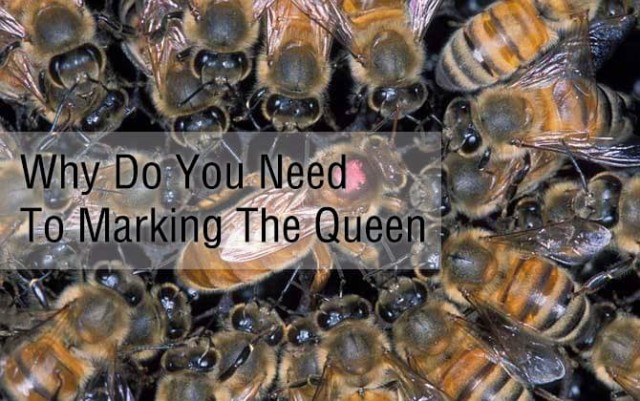Beekeepers have been placing markings on honeybee queens for as long as queens have been raised. It may seem a bit strange to see it done, but it is actually a very important part of beekeeping. By marking the queens, beekeepers can keep track of which queen is which and what her lineage is. This is important for breeding purposes and for keeping track of the health of the hive.
By marking your queen you will be able to see if she is getting old, and replace her before she gets to the point where she is not laying enough eggs. Also, if you have more than one hive, you can quickly tell which hive the queen is in by looking for the mark. One of the most important things a beekeeper can do is mark their queen. By doing so, they can keep track of her age and replace her before she becomes too old to lay enough eggs. Additionally, if a beekeeper has multiple hives, they can quickly discern which hive the queen is residing in by looking for the mark. Not only is this a helpful practice for the beekeeper, but it also benefits the colony as a whole.
Paint pens are typically used to place a colored dot on a queen. This is because paint pens are cheap and non-toxic. The ink in paint pens is also generally water-based, so it won't damage the queen's delicate wings.
Queen bees are sometimes marked with a small amount of paint on their bodies in order to help beekeepers identify them. This practice is called queen marking and it is done for both practical and cosmetic reasons. While some beekeepers feel that queen marking is a necessary part of keeping bees, others do not believe that it is necessary and instead prefer to let the bees be. There is no right or wrong answer when it comes to queen marking, but it is important to be informed about the pros and cons before making a decision.
The good news is that markings on honeybee queens makes no difference to the queen, who continues working as she normally does.
Why Do Beekeepers Mark Queens?
It’s a fairly common practice to see the option to mark a queen when buying bees. Marking the queen is a process where a young bee is placed into a special cage and a worker paints a dot of color on her back. The colored mark makes it easier for beekeepers to identify the queen when she is in the hive. There are a few reasons why beekeepers may want to mark their queen. One reason is to keep track of which queen is laying the most eggs. Another reason is to keep track of the age of the queen. A queen can live for several years, and after a certain age, her productivity begins to decline. By marking the queen, beekeepers can replace her with a younger queen when necessary.

Marking queens is the process of putting a small dot of paint on the queen’s back. Beekeepers will do this for a few reasons. The most common reason is to be able to identify which queen is in which hive. This can be helpful when you are managing multiple hives and want to keep track of which queen is in each one. Marking queens can also help you to determine if a queen has been replaced. If you mark your queens when you first get them, then you can check later to see if the mark is still there. If it’s not, that means the queen has been replaced. Marking queens is a relatively simple process. You’ll need a queen marking tube, which is a small tube that has a paintbrush attached to one end. To mark a queen, you’ll gently pick her up and hold her in the marking tube so that her back is exposed. Then, you’ll simply brush the paint onto her back. Be sure to use a non-toxic paint so that it won’t harm the queen or the bees in the hive. Once you’ve marked the queen, you can release her back into the hive.
Beekeepers need to keep track of their queens so they can monitor their hive's activity and health. To do this, they mark the queen with a colored dot of paint or a marker. This helps the beekeeper know which queen is in which hive, and also allows them to track her activity.
When a colony of bees decides to swarm, the existing queen will leave the hive with a large group of bees. This is known as a castellation swarm. The remaining colony will create a new queen by feeding one of the larva royal jelly.
The replacement of a queen bee is a crucial process in the life of a beehive. If a queen is replaced, the beekeeper may not notice the new queen and loses track of how old their queen is. The old queen bee will typically die within a few months, and the new queen will take her place. The new queen will lay eggs and produce offspring that will continue the cycle of the hive.
When the queen is marked with a paint pen, it is easier to keep track of her. This is especially helpful when there are multiple queens in a hive. By marking the queen, beekeepers can quickly and easily identify her.
A beekeeper can tell if a queen has been replaced if she is marked and the bees swarm or if she is replaced. If the queen is replaced, the new queen will not have a dot.
The colors on a queen's dot indicate how old she is. Beekeepers use this information to help them make management decisions, as most queens only live 1-3 years. The dot helps beekeepers keep track of the queen's age so they can make sure she is healthy and producing enough offspring.
The marked queen is very important for the beginner beekeeper because it makes it easier to find the queen inside the colony. This is especially important for those with poor eyes. The queen is the most important bee in the colony and she needs to be protected.
The blue dot is a marker that is placed on the back of the queen bee. This makes her easily identifiable and helps the beekeeper to keep track of her. The queen bee is the most important bee in the hive and it is essential that she is healthy and productive. By marking her, the beekeeper can quickly and easily identify her and make sure she is doing well.
Jz Bz Queen Cage Wholesale
These plastic jz bz queen cages are lighter than wooden ones, and they have slots for ventilation and communication. There is even an opaque tube for the queen if she needs to hide. You can use these queen cages to bank, ship, or even introduce your queens.
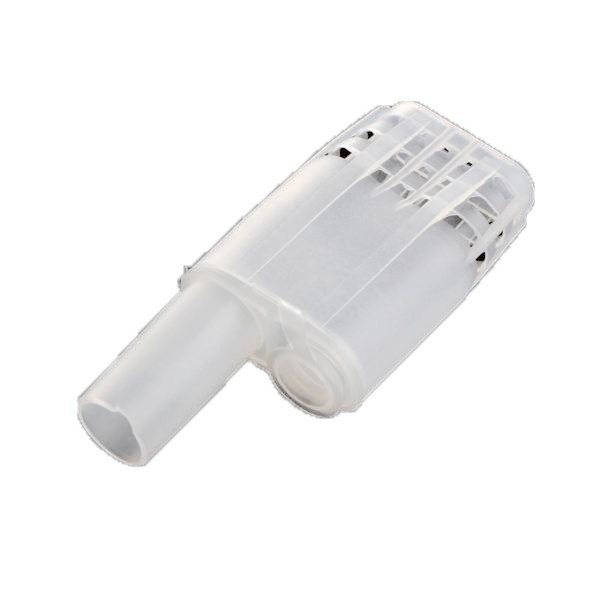
The one handed queen marking tubes are a great way to catch the queen on the surface of the frame. This allows her to climb into the chamber and be marked without having to be handled. The tubes are also handy for those who are left handed as they can be used with the left hand while the right hand is free to do other things.
If you're looking for an easy way to keep your queen bees safe, try using a slide door. Just slide the door over the opening with your thumb so the queen can't fly off. These doors are designed to work with just one hand, but they may take a little practice to get the hang of.
The door to the beehive has several handy features, one of which is the ability to let workers out while still keeping the queen in. This is made possible by the door's grooves, which are wide enough to accommodate the workers but not the queen. This ensures that the queen stays inside the hive where she belongs, and doesn't end up getting lost or stolen.
The queen is the most important bee in the hive, so it's important to be careful when applying paint to her. The best way to do this is to use your index finger to immobilize her against the grooved door. Once she's in place, you can apply the paint evenly and without worry.
Do I have to use a posca pen to mark the queen?
Posca pens have a metal tip that is about the size of a queen bee and a chisel tip for writing. The ink is non-toxic and won’t hurt the bees. You can buy them in different colors, but most people use the white one. Posca pens are the industry standard for marking queens and the most popular type used. They aren’t made for beekeepers, but beekeepers use them because they work so well. Posca pens have a metal tip that is about the size of a queen bee and a chisel tip for writing. The ink is non-toxic and won’t hurt the bees. You can buy them in different colors, but most people use the white one.
If you're looking for a safe and non-toxic paint to use on your queen bee, water-based paint is a great option. The color will stay on well enough to last her lifetime, and it won't hurt her if she ingests it.
The ink is water-based and non-toxic.The paint pens are quite easy to use. Simply unscrew the cap, dip the tip in water, and give the pen a good shake. This will help to prime the pen and get the ink flowing. Once the pen is primed, you can start marking your queen. The ink is water-based and non-toxic, so it's safe for use around food.
To get started with using a paint pen, you will want to shake the pen and then press the end down until the paint flows into the tip. It is a good idea to practice marking on a hard surface first, to get the excess paint off the tip. When you are ready to use the pen on your project, you will only need a quick dap on the surface to create a nice mark.
Queen Rearing System
Queen Marking Pens Wholesale
Marking a queen helps you to locate her so that you can safely transfer resources to other hives.
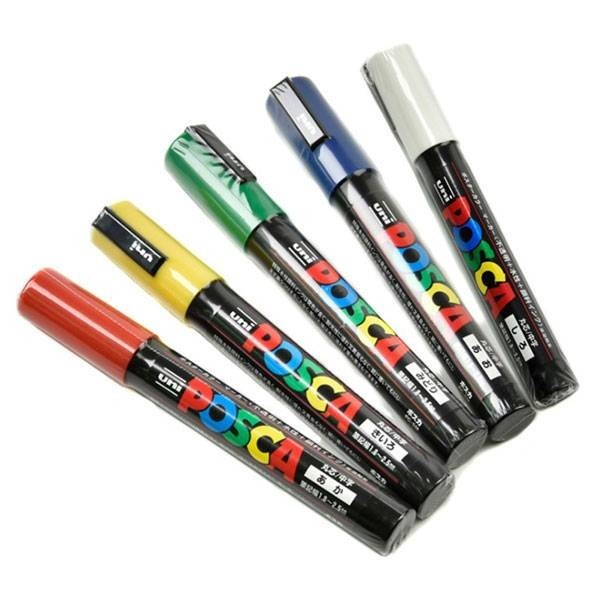
Yellow Queen Marking Tube Wholesale
It's important to be able to locate your queen amidst the buzz of a large colony. This yellow queen marking tube makes it easy to mark your queen and track her once she enters a colony.

Queen Marking Tube Wholesale
Marking a queen helps you to locate her so that you can safely transfer resources to other hives. You can also confirm that she has not been replaced. Place the queen in the Queen Marking Tube and gently confine her against the plastic screen with the sponge plunger. Once she is confined against the plastic screen, gently mark her thorax with a queen marking pen. The color indicates the year a queen is introduced into a hive. This is a safe, efficient marking method.
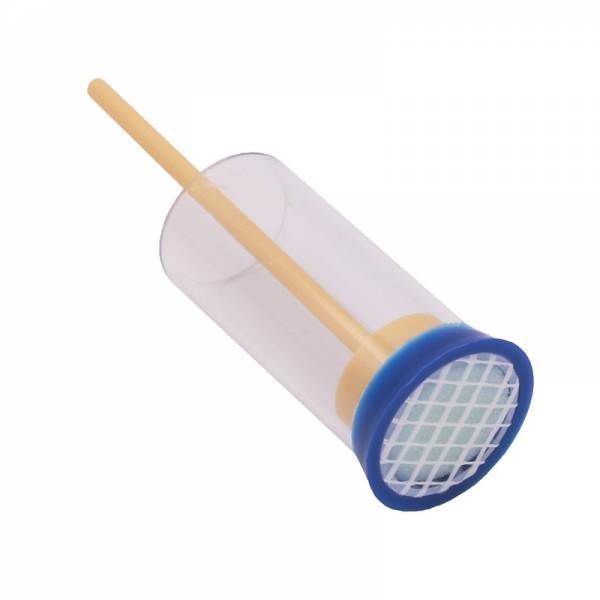
Queen Hatching Cage Wholesale
This queen hatching cage is a safe place for your virgin queens to hatch. Slots in the queen hatching cage allow workers in the finishing unit to feed the queens, without allowing queens to injure each other. These cages can also be used for banking queens.

Metal Queen Catcher Wholesale
For those who prefer metal, our Metal Queen Catcher is for you! Safely hold your queen while you work while giving the workers full access to the queen.
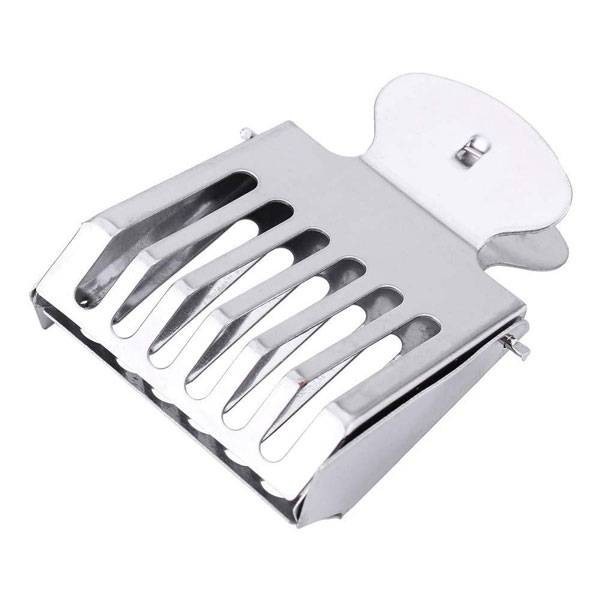
Plastic Queen Cage Wholesale
For safely introducing a queen to a new colony. The plastic queen cage suspends between frames and features mesh holes large enough to fee the queen during introduction.
